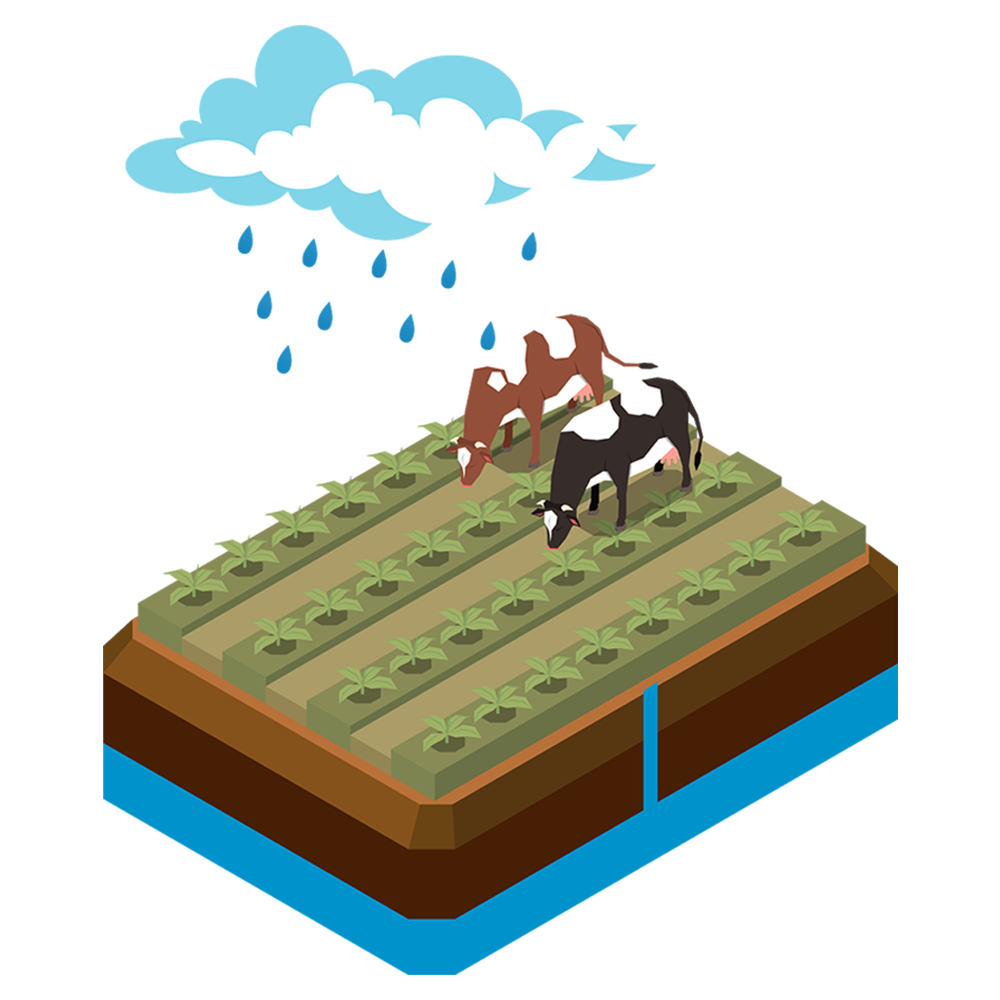Types of
Fertilisers
Contain only one primary nutrient (N, P, or K)
| • | Targeted nutrient correction |
| • | Useful for addressing specific deficiencies |
| • | Requires precise application to avoid imbalances |
or
Contain a balanced mix of NPK plus additional nutrients
| • | Comprehensive nutrient supply |
| • | Convenient for overall plant health |
| • | Reduces the need for multiple fertilization products. |
Derived from natural sources like compost and manure
| • | Enhance soil health and structure |
| • | Release nutrients gradually |
| • | Environmentally friendly |
or
Chemically manufactured for precise nutrient content
| • | Quick nutrient availability |
| • | Customizable formulations |
| • | High nutrient concentration. |
Nourish plants gradually over an extended period
| • | Quick nutrient availability |
| • | Customizable formulations |
| • | High nutrient concentration. |
or
Provide rapid nutrient availability to plants
| • | Fast-acting for immediate results |
| • | Convenient for addressing nutrient deficiencies |
| • | Requires careful application to avoid overuse |
Solid, granulated form for slow and controlled release
| • | Uniform nutrient distribution |
| • | Long-lasting effect |
| • | Suitable for various soil types |
or
Formulated in liquid form for easy application
| • | Quick absorption by plant roots |
| • | Ideal for foliar feeding |
| • | Requires frequent application |
Fertilisers
Application methods
Broadcasting
Even spreading of fertilizer over the soil surface
| • | Uniform nutrient distribution |
| • | Suitable for large areas |
| • | Require more fertilizer |
Banding
Concentrated application in bands along rows or plant beds
| • | Targeted nutrient delivery to plant roots |
| • | Reduces fertilizer use, minimizing waste |
| • | Ideal for row crops and precision farming |
Foliar spraying
Application of fertilizer directly to plant leaves
| • | Rapid nutrient absorption through leaf surfaces |
| • | Effective for addressing nutrient deficiencies |
| • | Requires careful timing to avoid leaf burn |
Fertigation
Fertilizer mixed with irrigation water delivered directly to plant roots
| • | Precise nutrient delivery to root zones |
| • | Water-efficient and reduces nutrient runoff |
| • | Requires specialized equipment |
Soil Injection
Fertilizer injected directly into the soil
| • | Targets the root zone for efficient nutrient uptake |
| • | Minimizes nutrient loss to the environment |
| • | Suitable for established plants and trees |
Topdressing
Application of fertilizer on the soil surface around plants
| • | Additional nutrient supply during the growing season |
| • | Minimizes soil disturbance |
| • | Effective for established crops |
Fertiliser
Technology
Enhancing Agricultural Efficiency and Sustainability
Fertiliser technology represents a pivotal advancement in modern agriculture, revolutionizing the way we nourish crops and optimize yields.

2.15
Metric Tonnes
Fertilisers used/hectare of arable land in Malaysia in 2021
(Source: World Bank collection of development indicators)

5.86
Billion (RM)
Sales of manufactured fertilisers in Malaysia in 2022
(Source: World Bank collection of development indicators)
The Triple Threat of
Nitrogen Fertilizers
Synthetic nitrogen fertilizers, contribute to climate change in three key ways.

THREAT 1
Microbes in the soil convert nitrogen fertilizer into nitrous oxide (N2O), a potent greenhouse gas that also damages the ozone layer.

THREAT 2
Rain and irrigation runoff can wash nutrients from fertilizer and livestock manure into waterways, where they feed algae blooms that produce methane (CH4), another greenhouse gas.

THREAT 3
Manufacturing nitrogen fertilizer is energy-intensive. It uses natural gas or other hydrocarbons and releases carbon dioxide (CO2) and nitrous oxide (N2O) emissions in the process.